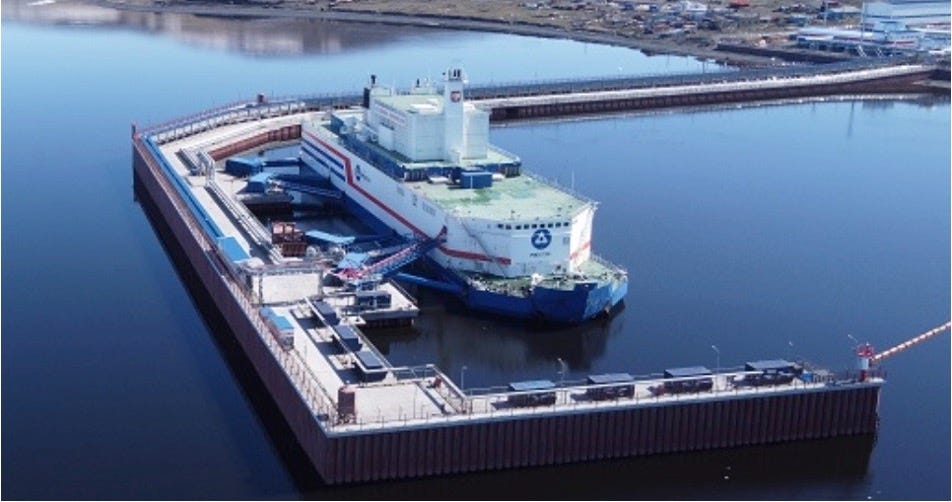And Now, SMR Intelligence Global
Last month, we published an in-depth guide to the US companies vying to deploy small modular reactors. Here’s the first comprehensive compendium of the global players racing to commercialize SMRs.
Over the past five weeks, my son, Jacob, and I have spent dozens of hours researching the global race to build and deploy small modular reactors.
What have we learned?
The first and most obvious finding is that US-based companies are facing fierce international competitors — many of them owned, backed, or controlled by their governments — who are spending untold billions of dollars developing and deploying SMRs. Second, there’s a plethora of promising reactor designs. When counting the US reactor designs with the ones we have documented in SMR Intelligence Global, the total number of SMRs now in development is close to 100. Third, and perhaps most important: Russia has a significant lead over the rest of the world, with China running a close second. Yes, a slew of US companies are working on designs and prototypes, but they are years behind their Russian and Chinese counterparts.
For instance, in 2020, Rosatom, Russia’s state-controlled nuclear conglomerate, began producing electricity from the Akademik Lomonosov power ship in Pevek, Chukotka. The floating power station features two KLT-40S pressurized water reactors that each produce 35 megawatts of electricity. The power ship has now generated more than 1 billion kilowatt-hours of electricity. It also provides heat to the city of Pevek.

Rosatom is building four more floating nuclear power plants. One or more of those FNPPs will provide power to the Baimskaya copper mine in the Chukotka region. The first of the new FNPPs is slated to be commissioned in 2028 and will utilize Rosatom’s new RITM-200S reactor, which is already in operation on Russian icebreakers. Each FNPP will produce 106 MW of power. (The Baimskaya project, expected to start mining in 2027, will boost Russia’s copper output by about 25%.)
In 2023, China began operating the HTR-PM, a 210 MWe high-temperature gas-cooled unit in Shandong. China National Nuclear Corporation is now building the ACP100, a pressurized water reactor with a capacity of 100 MWe, at Changjiang in Hainan Province.
But Russia and China are only part of the story. France has a dozen SMR designs in development. Japan, the UK, Switzerland, South Korea, Denmark, and other countries, are also developing SMRs.
As I explained in my introduction to SMR Intelligence US, which we published on September 25, SMRs have enormous promise. If they can be developed and deployed at scale, they could help meet soaring global power demand, stabilize and decarbonize electric grids, and provide reliable juice for AI and Big Tech. But US-based SMR startups like Aalo, Oklo, TerraPower, Terrestrial Energy (which is expected to go public over the next few days under the ticker IMSR) and the two dozen other companies we covered in the US compendium, face a myriad of challenges. And those challenges include a horde of well-funded international competitors.
In the SMR Intelligence Global compendium, Jacob and I found nearly four dozen entities from 19 countries. We assembled this compendium by combing through dozens of sources. It represents our best effort to put the latest information on the global SMR market into a single searchable document. When combining the information in SMR Intelligence US with what we compiled here in SMR Intelligence Global, I can confidently say that we have assembled the most comprehensive compendium of the global SMR race available anywhere.
Additionally, please note that SMR Intelligence US and SMR Intelligence Global are just the beginning of what will be an ongoing focus on SMRs. Jacob and I will soon begin publishing the SMR Intelligence Update, which will appear regularly on this Substack. The updates will provide short news items on the latest developments in the SMR sector and will be available exclusively to paid subscribers.
With that out of the way, let’s dive into SMR Intelligence Global.
Keep reading with a 7-day free trial
Subscribe to Robert Bryce to keep reading this post and get 7 days of free access to the full post archives.



